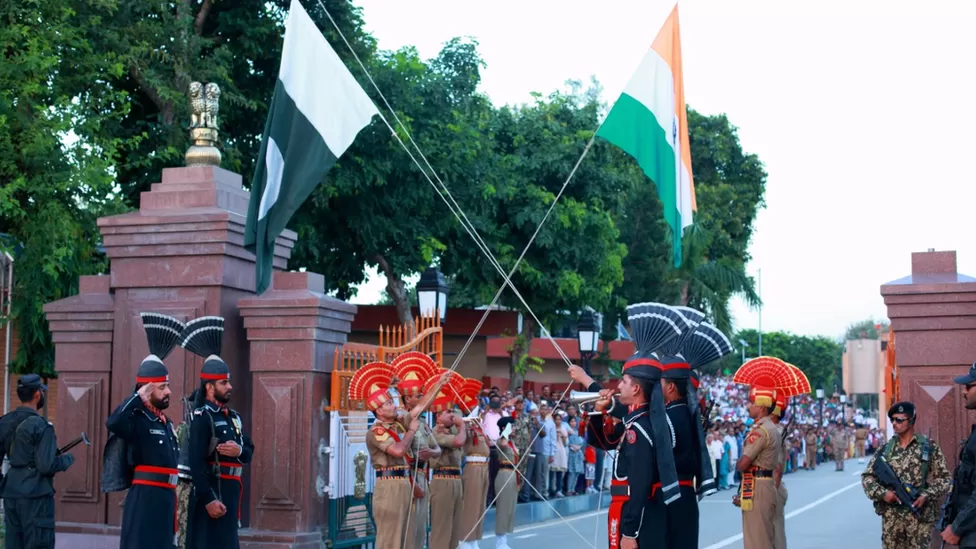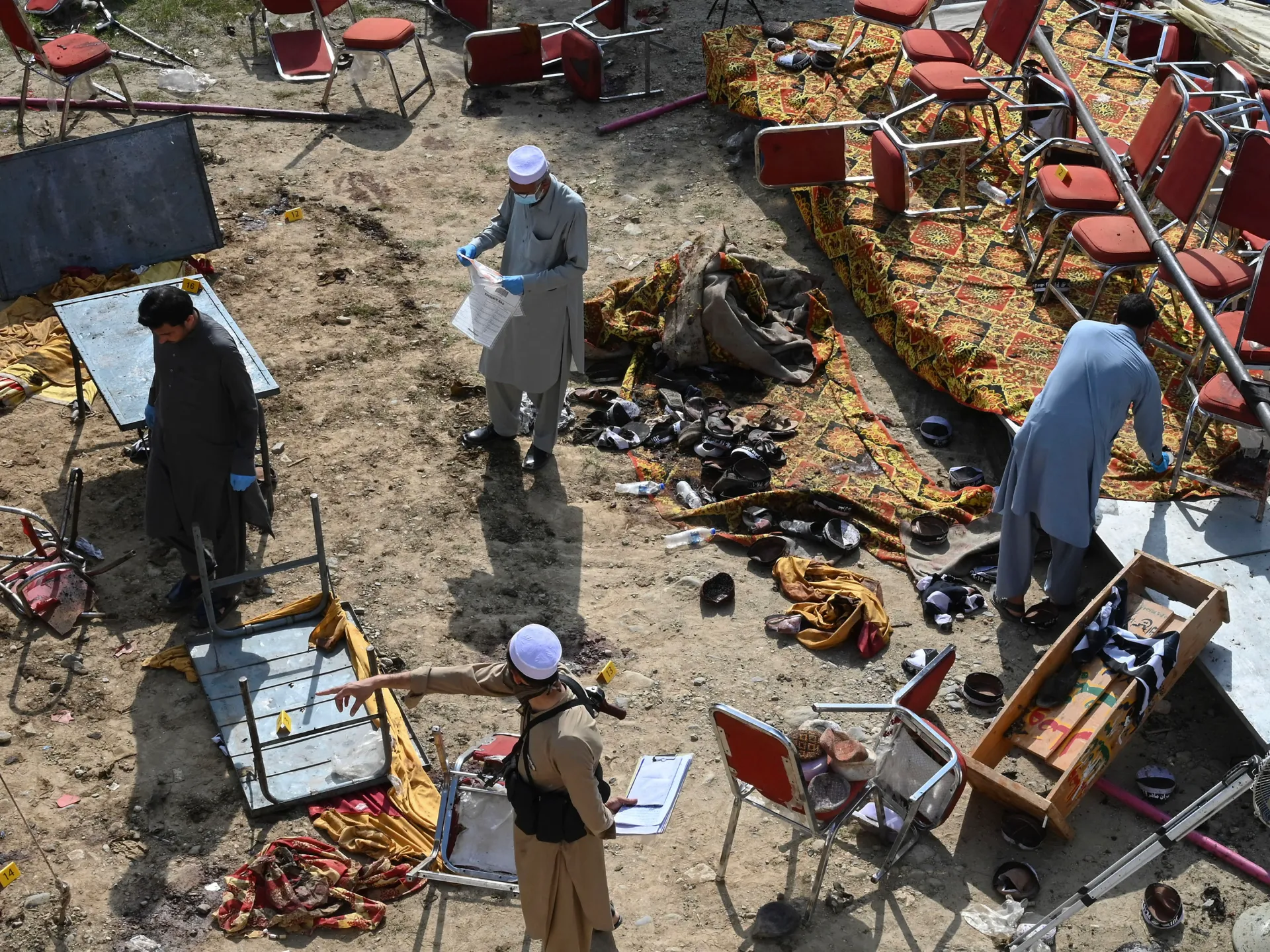The 3rd June Plan also called the India Independence Act holds seminal importance in the history of Subcontinent. This single event is traced to be the pinnacle point for the independence of Pakistan, India and Bangladesh respectively.
The British Prime Minister Clement Atlee appointed Lord Mountbatten as the Viceroy of India. Being the last Viceroy, Lord Mountbatten was to oversee the speedy transfer of power. Subsequently, in May, Mountbatten presented his ‘Dickie Birdie Plan’. However, Congress leader Jawaharlal Nehru highly opposed this proposal.
Thereafter, keeping in view the Indian reservations, Mountbatten drafted another plan. This proposal would be the last before the British delegated powers to the locals. Eventually, on 3rd June 1947, Lord Mountbatten presented his final plan. It formed the basis of the partitioning framework that would materialize in the form of independent states of Pakistan and India by August 1947.
Plan for the Subcontinent
The plan entailed the scheme of dividing the Subcontinent into the dominions of Pakistan and India respectively as the rule of the British Crown over the Subcontinent would cease by 15th August 1947. The Office of the Governor-General, which would oversee the dominions as successor to the crown would be established. The Subcontinent had nearly 565 princely states at the time of partition. As per the plan, they could choose to join either one of the dominions on the basis of geographical continuity or through the consensus of their populace.
The constituent assemblies of the new dominions received complete legislative authority. Therefore, they could now frame their own laws. Any act passed in the UK Parliament beyond the date of handing over of territories would not be applicable to the new dominions. However, the Government of India Act 1935 was in place until the states established their new constitutions.
The Division of Provinces
According to the Plan, the huge provinces of Bengal and Punjab would be divided into Eastern and Western parts respectively. The Governor-General appointed the boundary commission to determine the boundaries of the newly constructed provinces.
The Sindh legislative assembly had the liberty to decide whether to join the Indian Constituent Assembly or not. The assembly eventually opted for Pakistan. Similarly, a referendum was held for Sylhet in Assam which also voted in favour of Pakistan.
Likewise, Balochistan and the North-West Frontier Province (NWFP) received a similar choice. The NWFP decided to hold a referendum. However, a Pro-Congress and Pakhtun Nationalist leader Abdul Ghaffar Khan boycotted the referendum. Nonetheless, the NWFP still chose inclusion in Pakistan.
The Division of the Civil Servants and the Armed Forces
Section 10 to 13 of the Plan entails the process of the division of the Civil Servants as well as the Armed Forces. Thus, a Partition Committee was formed on 7 June 1947. It had two representatives from each side and the Viceroy as its head. The committee was responsible for carrying out this task.
The Legacy of Mountbatten’s Plan
The Partition Plan already entailed the scheme of choosing dominions. Soon after this, to formally demarcate the territory, the British presented the Radcliffe Plan. The region of Jammu and Kashmir remains a stark reminder of non-adherence to this plan. The Ruler of J and K initially wanted to remain sovereign, but the overwhelming Muslim majority started expressing their support for Pakistan. In response, the Ruler of Kashmir tried to suppress the Muslim populace through the use of violent means. Consequently, India entered its state forces to quell the Muslim rebellion and coerced Kashmir’s ruler Hari Singh to sign the Instrument of Succession to join India.
Thus far, Kashmir remains an unfinished agenda of the Partition Plan. India promised a plebiscite as per the UN resolution 1947, however, no plebiscite took place. Resultantly, Kashmir became a flashpoint of conflict between India and Pakistan that continues to date. This is majorly due to Mountbatten not policing the very criteria he set for his partition agenda. The will of people was the basis of inclusions in dominions that took place through referendums. However, the Kashmiris remain alienated from this right.
The views expressed in this article are the author’s own and do not necessarily reflect the editorial policy of the South Asia Times.







